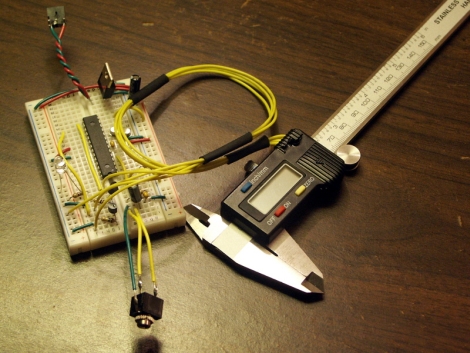
We love lasers, you love lasers…who doesn’t love them?
[Matt Leone] recently took his passion for lasers over the top and built a little something called the Laser Ball. Fed up with the deluge of of LED cubes floating around online, he says that the Laser Ball is the new sheriff in town – and we’re inclined to agree.
He bored a bunch of holes in a standard tennis ball, and fitted it with 14 red laser diodes. Before he installed the lasers into the ball he modified each with a small bit of diffraction grating to liven up the display. The lasers were connected to a Teensy micro controller, which was stuffed inside the ball along with a small rechargeable LiPo battery.
While the laser ball was pretty awesome already, [Matt] decided that it wasn’t finished just yet. Using an IR remote package from Adafruit, he added the ability to trigger the Laser Ball’s light patterns from afar. You know, just for kicks.
Be sure to check out the video below to see the Laser Ball in action!
via BuildLounge
Continue reading “You’ll Shoot Your Eye Out With This Laser-filled Tennis Ball”
















